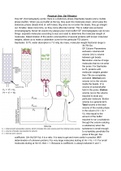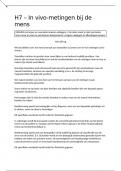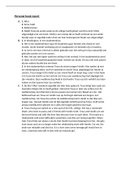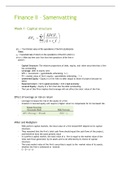Class notes
BS5112 Practical Notes
- Course
- Institution
This document describes the practicals for cellular biochemistry. The first practical is gel filtration chromatography. Then a linked enzyme assay was performed to measure the activity of hexokinase to determine the glucose concentration in unknown samples. Finally, the electron transport chain act...
[Show more]










